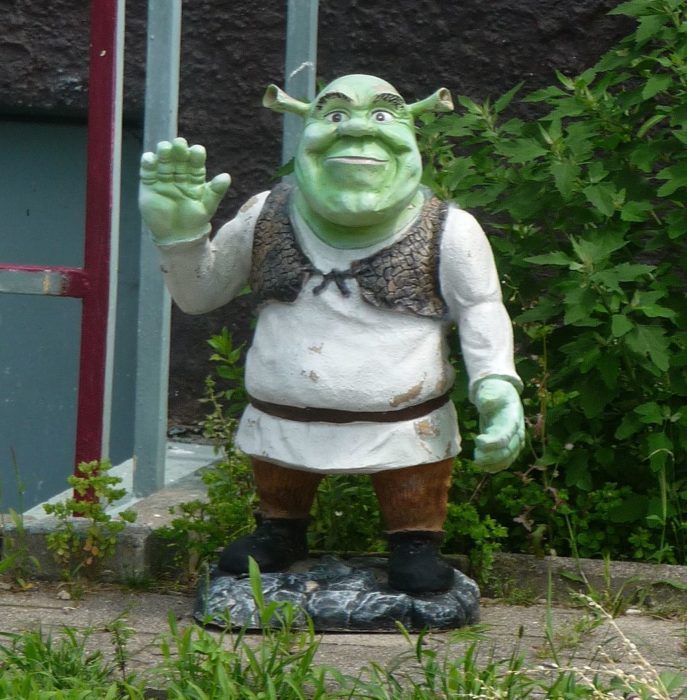From The Writers’ Toolbox: Developing Fresh Story Concepts
Recently Travis Perry, a regular writer here at Spec Faith, did a 10-part series of articles on storyworld ideas. I thought it might be helpful if we explored the ideas behind stories themselves.
Most writers know there are no “new” plots. That doesn’t mean there are no new stories, however. An oft-done plot can still be made into a fresh and entertaining story.
Take romance for example. Everyone knows that the traditional plot form of a romance is boy meets girl and they fall in love, but Things happen to keep them apart. In the end, however, they conquer, or their love conquers, and they get together.
No real surprise in a romance. Then how does a writer make a romance seem fresh? The easy way is to create seemingly insurmountable barriers—cultural or religious mores that keep the couple apart, personality quirks, misunderstandings, irreconcilable (until they are reconciled — 😉 ) differences.
For example, one character may be a faery and the other a human, who also happens to be in a wheelchair. Those are obstacles! Who would even see romance coming? Which is precisely why R. J. Anderson surprised and delighted readers with Faery Rebel: Spell Hunter (more recently published under the title Knife by Enclave Publishing).
But what if the couple is already married—a union of convenience or position—and they barely tolerate each other? What if, in fact, the wife holds her husband in contempt because she admires a mysterious someone else who does gallant, selfless deeds to help others?
That set-up describes The Scarlet Pimpernel by Baroness Emmuska Orczy, one of my favorite novels. I suspect one reason I love it so much is because of the surprise I experienced the first time I read it.
 But now those two have been done, so how can a romance writer find a new something? One idea is to merge elements of “already been done” stories. Take Beauty and the Beast, for example, and merge that with Sleeping Beauty, and you have Shrek.
But now those two have been done, so how can a romance writer find a new something? One idea is to merge elements of “already been done” stories. Take Beauty and the Beast, for example, and merge that with Sleeping Beauty, and you have Shrek.
Of course, the brilliant writers who created all three Shrek movies did much more than staple two threads together, but the point for this discussion is that they worked from familiar storylines. By starting with two that seemed unlikely to fit together, they made a movie (three actually) that seemed familiar yet wholly new.
Sometimes the newness isn’t in the plot but in the characters. Take an interesting, quirky woman engaged to someone her family approves of; perhaps she’s single longer than most and has a family who values family and marriage above all else. Add in humor (which comes from the quirky characters), and you have the movie My Big Fat Greek Wedding which turned out to be a surprising smash hit a couple decades ago.
Or how about a widower not looking to remarry, with a little boy who longs for a mother, so much so that he makes a call to an all-night talk show and pours out his heart. Interested women start to write. MANY interested women. Now we have distance, reticence, an engagement, the many others, all standing in the way of true love. And that’s Sleepless in Seattle, another classic movie from years gone by.
Fresh stories can also come from different settings. What would a romance look like set in Louisiana as the state battled the worst oil spill in history? Or between two people who met during the Katrina hurricane disaster?
What would a romance look like between a 9/11 widow and a firefighter years after the Twin Towers attack?
New places, odd places, uncomfortable places can be fuel for fresh fiction just as much as plot twists or off-beat characters. The important thing, I think, is to imagine beyond the list of “first responders”—the plot lines, the characters, or the settings that first present themselves when we writers start contemplating a new story.
































I find the freshest stuff on tumblr — or since I don’t wanna go to the effort of curating a proper tumblr myself, the reposts of the good stuff on pinterest.
Like flashfics where the villain is so proud of the teenage Chosen One for doing their best but incandescently angry at the adults who keep sending children to fight for them.
And other meta commentary stuff
Or for something completely different: https://www.pinterest.com/pin/744642119627102866/
“Write what you want to read” is some of the best advice I’ve seen when it comes to originality. Some of the originality may not be in huge ways, but if someone combines a lot of ‘what I’d like to read’ ideas in one story then that tale can turn out fairly original. This can be in terms of what a person actually enjoys, and/or in terms of what an author believes. Some aspects of my stories that I’ve enjoyed writing the most have resulted from me disagreeing with things that I see in real life and in fiction. It can be upsetting to see certain things in the world, but they can also serve as an opportunity to reflect, articulate one’s own beliefs, and then form observations during that process that are useful for fleshing out stories and characters. Doing so can mean that an author brings an unusual perspective to the mix, or at least presents old tropes in a fresh way.